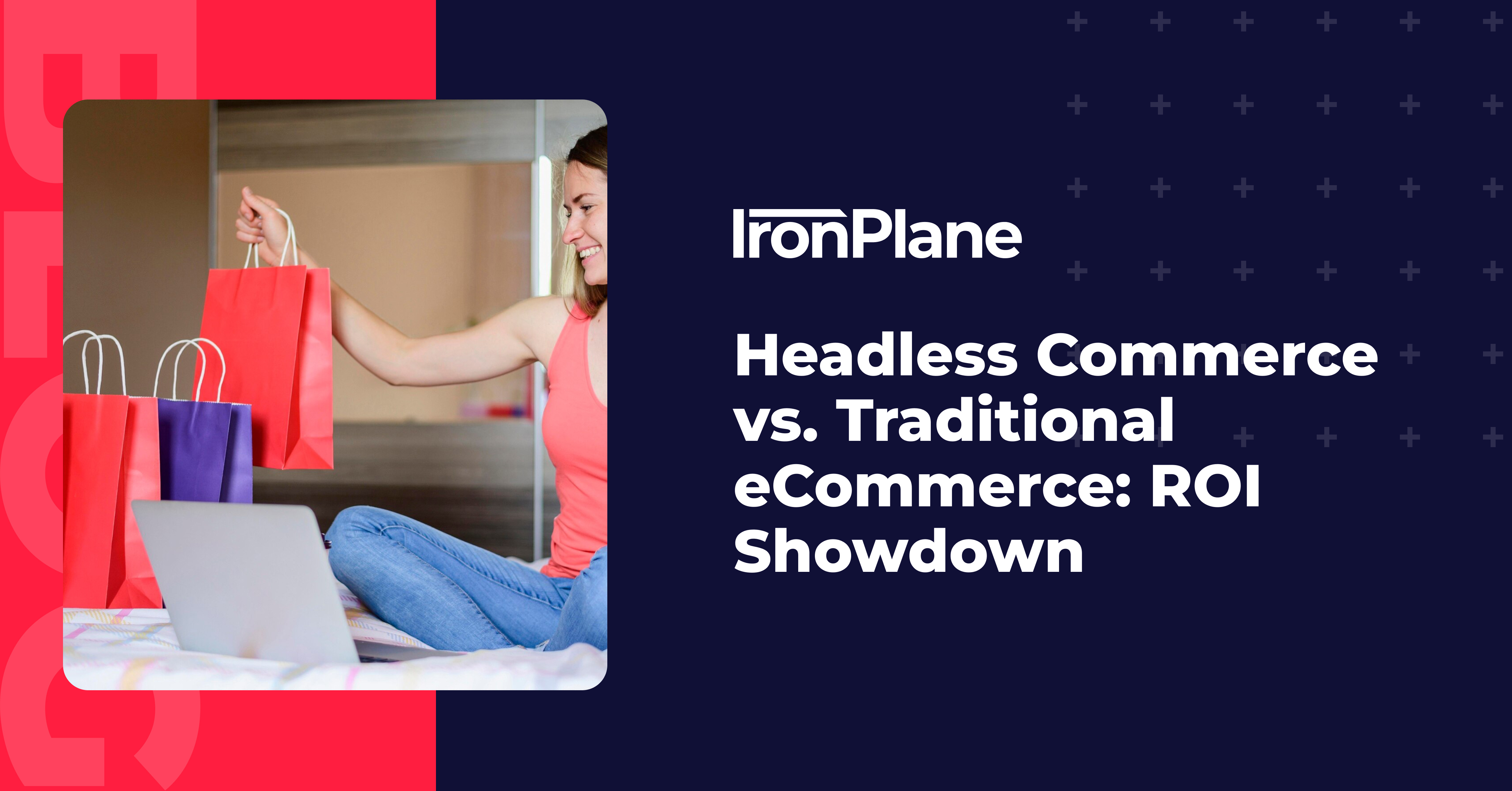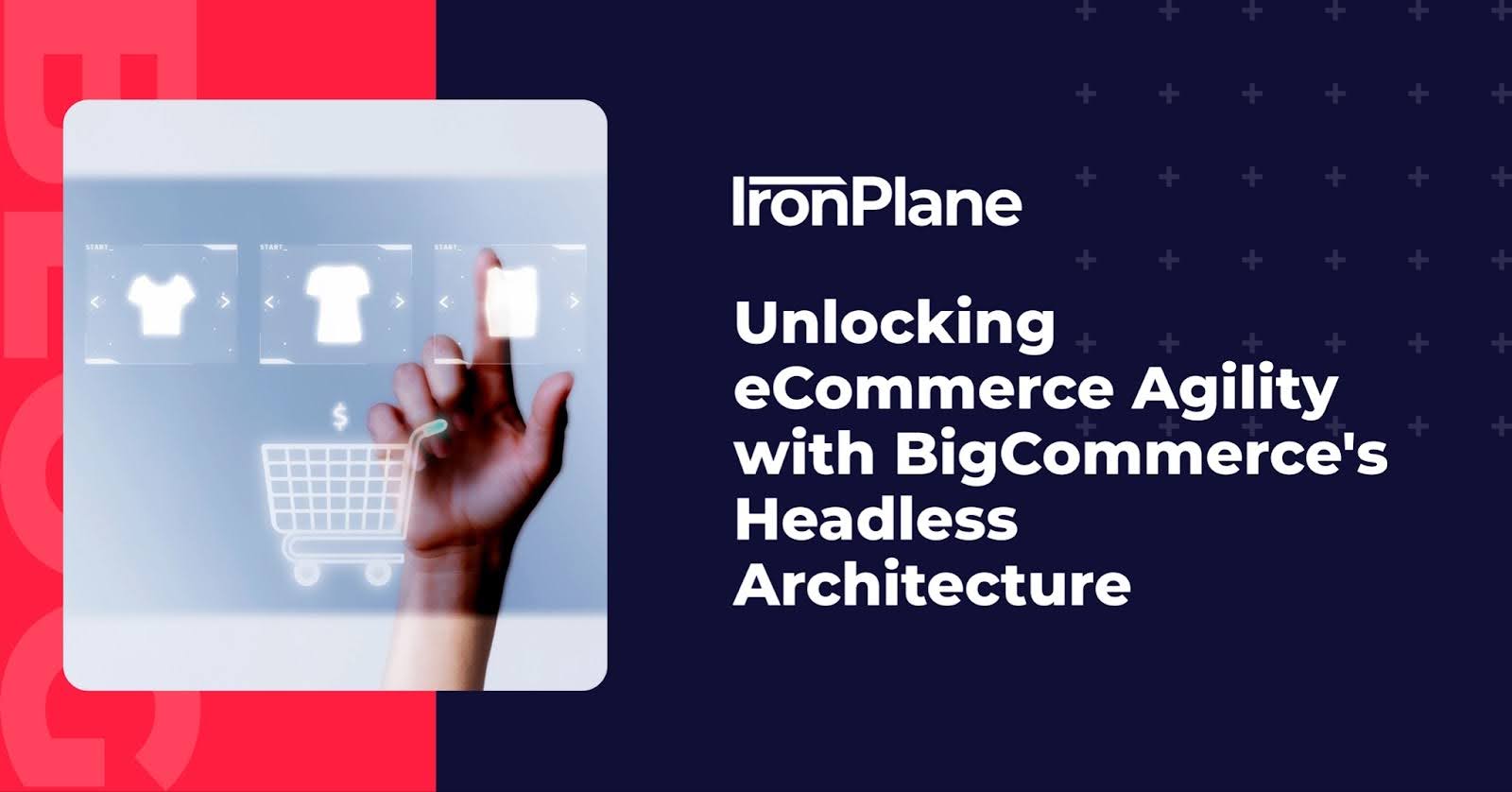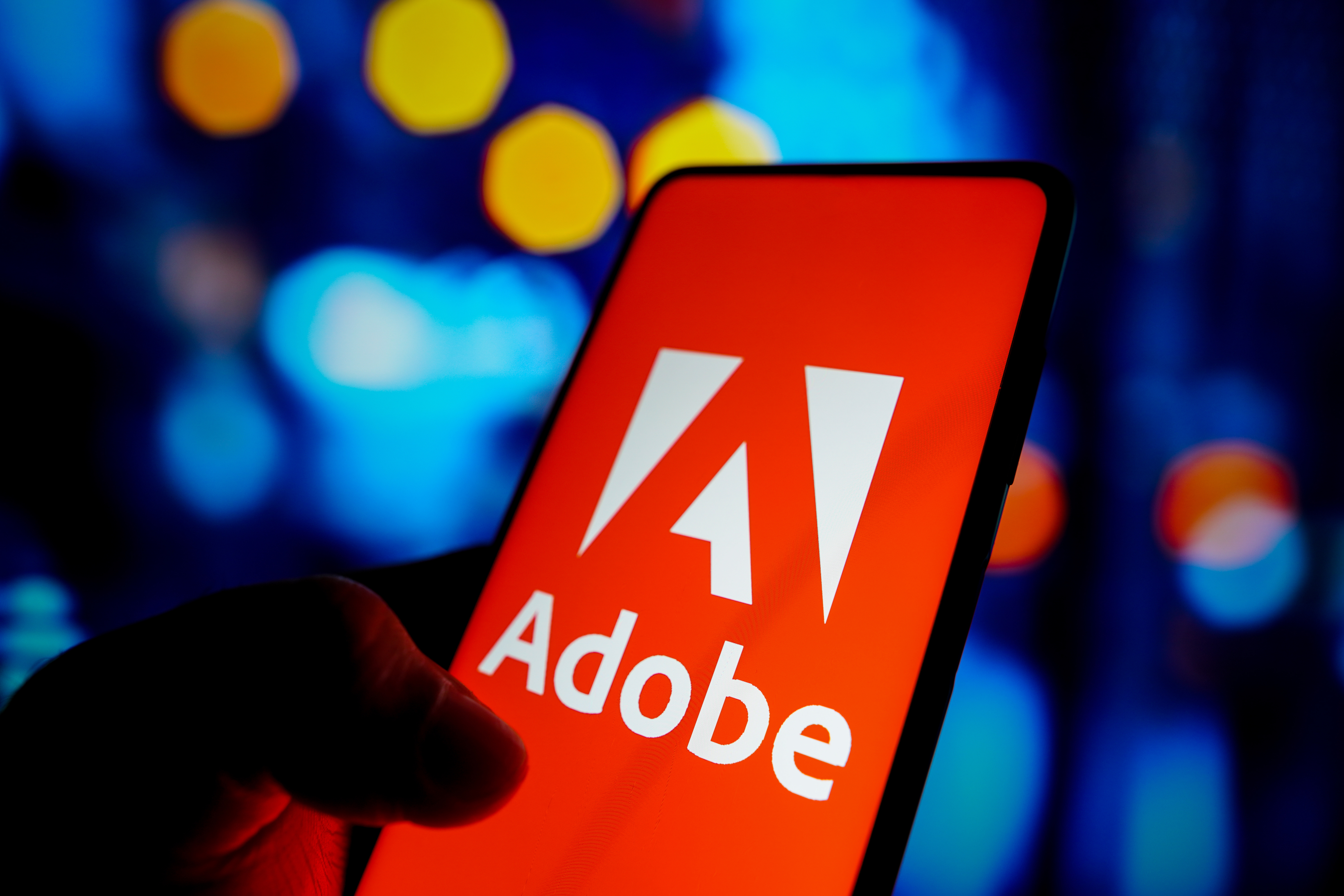10 Essential Digital Marketing Strategies for eCommerce Success
we know how important it is to use different online marketing methods together. We help online stores stand out and sell more. Let's look at the key ways to make your online store more successful.


 Jeff Zoldy
Jeff Zoldy













